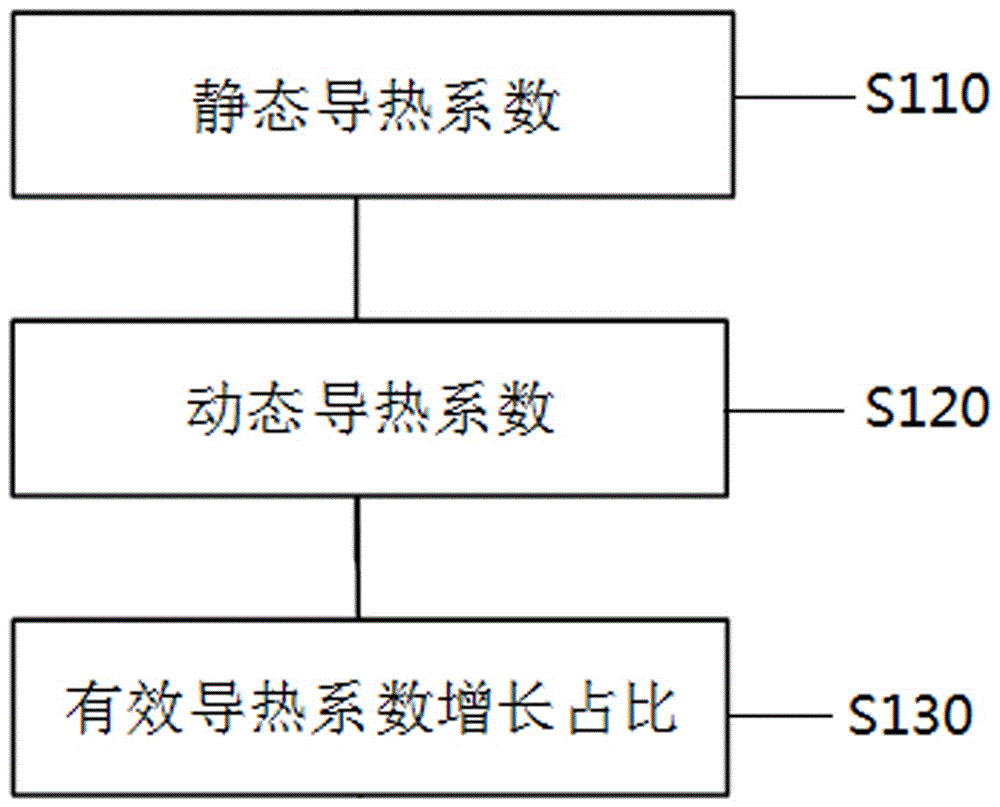Method for calculating thermal conductivity coefficients of Au-H2O nanofluid
A thermal conductivity calculation and nanofluid technology, applied in the thermal development of materials, etc., can solve the problems of large differences in experimental data and inaccurate calculations, and achieve the effect of enhanced thermal conductivity
- Summary
- Abstract
- Description
- Claims
- Application Information
AI Technical Summary
Problems solved by technology
Method used
Image
Examples
Embodiment Construction
[0019] The present invention will be further described in detail below in conjunction with the accompanying drawings, so that those skilled in the art can implement it with reference to the description.
[0020] Such as figure 1 As shown, the present invention provides a kind of Au-H 2 Calculation method for the thermal conductivity of O nanofluids for the calculation of Au-H 2 The effective thermal conductivity of the nanofluid under the extremely low volume fraction condition of O, comprises the following steps:
[0021] Step 1 S110, calculating the static thermal conductivity k s .
[0022] Obtain the volume fraction of nanoparticles in a nanofluid and nanoparticle shape factor n, using the classic Hamilton-Crosser model, the following formula can be used to calculate Au-H 2 O nanofluid static thermal conductivity k s :
[0023]
[0024] Among them, k p and k f are the thermal conductivity of the nanoparticles and the base fluid, respectively.
[0025] As a pr...
PUM
 Login to View More
Login to View More Abstract
Description
Claims
Application Information
 Login to View More
Login to View More - R&D
- Intellectual Property
- Life Sciences
- Materials
- Tech Scout
- Unparalleled Data Quality
- Higher Quality Content
- 60% Fewer Hallucinations
Browse by: Latest US Patents, China's latest patents, Technical Efficacy Thesaurus, Application Domain, Technology Topic, Popular Technical Reports.
© 2025 PatSnap. All rights reserved.Legal|Privacy policy|Modern Slavery Act Transparency Statement|Sitemap|About US| Contact US: help@patsnap.com



